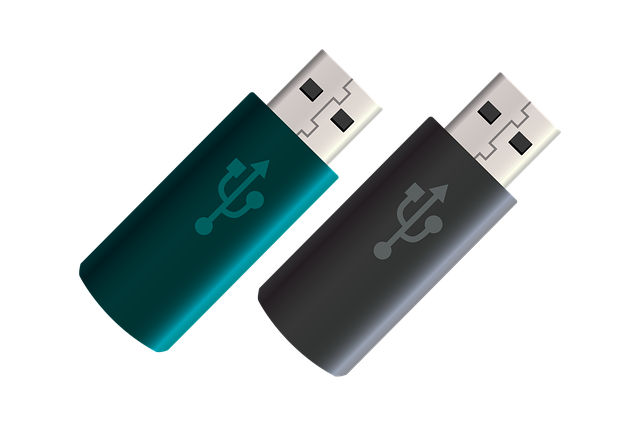The History of the Flash Drive

Flash drives and memory cards are the two types of data storage devices that are the most mobile. Bulk Memory Cards bulk flash drives are ordered by the score by users all over the world and these devices are part of our daily lives. Being such a common object, like many others, we often ignore the process of research and innovation that went through for us to have such a useful and important tool easily available all the time. In this article, we will talk about the history and development of the flash drive.
In 1994, a group comprising of seven leading companies that manufactured computers decided to develop the USB, the companies were Compaq, DEC, IBM, Intel, Microsoft, NEC, and Nortel. The goal of developing this new device was to make the process of connecting external devices to computers simpler by removing the bunch of unnecessary connector wiring at the back of PCs, addressing the compatibility and difficulty of operating with the existing interfaces and to simplify software configuration of all devices connected to USB, as well as allowing for greater data transfer rate between computers and external storage devices. The word universal is USB refers to the universal technology that was going to replace serial ports, parallel ports, the mouse and keyboard ports, which all required software support and whenever you plugged in a device, it required multiple reboots and sometimes even opening the CPU of the computer in order for the device to start working. Ajay Bhatt, who was a pivot in the development of the USB, said that with the USB, “Our goal was that when you get a device, you plug it in, and it works.”
In the initial stages of the USB, the original USB 1.0 in 1996 had data transfer rates ranging from 1.5 Mbit/s which was the lower limit to 12 Mbit/s which was the upper limit of speeds offered by the USB 1.0. In 1998, Steve Jobs-led Apple Inc. introduced the groundbreaking first iMac, and to the surprise of many, it was an all USB machine, meaning there were no other ports than the USB port. The faster data transferring speeds of the USB 2.0 allowed for the introduction of new easy-to-operate peripherals too, like the flash drive, which was the death of the floppy disk, Zip drive, and CD Roms. Following Apple's design to remove all old ports from the iMac, many other manufacturers began building legacy-free PCs, which led to a broader range of PC manufacturers using the USB as the standard data exchange port. When the USB 3.0 was announced in 2008, it featured way faster data transfer rate, lower power consumption, increased power output, and backward compatibility with the USB 2.0.
The next and the most advanced USB technology is the USB4, this specification was released in August 2019. USB4 is based on the Thunderbolt 3 protocol specification. It has transfer speeds of up to 40 Gbit/s, is compatible with Thunderbolt 3, and also backwards compatible with USB 3.2 and USB 2.0.
Posted from my blog with SteemPress : https://latesthackingnews.com/2020/02/26/the-history-of-the-flash-drive/
Hi! I am a robot. I just upvoted you! I found similar content that readers might be interested in:
https://latesthackingnews.com/2020/02/26/the-history-of-the-flash-drive/